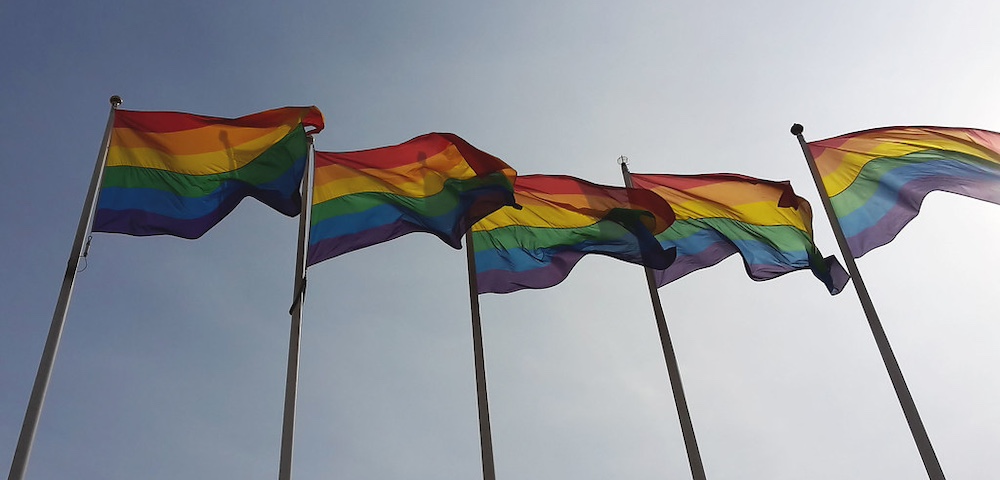
The Grim Reaper, 25 years on
Last week marked the 25th anniversary of the screening of Australia’s notorious 1987 Grim Reaper commercial which went to air on April 5 during a year with the highest rate of HIV infection in Australian history.
That year 2400 people contracted the virus.
The minute-long commercial showed a bowling Grim Reaper using groups of everyday Australians as bowling pins, before panning out to reveal endless bowling lanes with other reapers doing the same.
“At first only gays and IV drug users were being killed by AIDS but now we know that every one of us could be devastated by it,” the commercial, part of a $3 million education campaign by the National Advisory Committee on AIDS (NACAIDS) which had been created three years earlier, told viewers.
“The fact is that over 50,000 men, women and children now carry the AIDS virus, that in three years nearly 2000 of us will be dead, that if not stopped it could kill more Australians than World War II.”
The commercial is credited with scaring a generation of heterosexuals into using condoms.
However, there has been debate over its responsibility for increased hostility towards gay men since it aired.
NACAIDS advisory committee member Dr Ron Penny, who diagnosed Australia’s first case of AIDS, later told the US Centers for Disease Control and Prevention that the ad had been a necessary wake-up call with unfortunate side effects.
“The downside was that the Grim Reaper became identified with gay men,” Penny said.
“That was what we had unintentionally produced. [The belief] by some that the Reaper was people with HIV infection.”
Australian Federation of AIDS Organisations (AFAO) executive director Rob Lake arrived in Australia from New Zealand in 1987 just before the commercial went to air and said he remembered being struck by its creepiness.
Lake acknowledged the commercial as a major investment by Government in trying to educate heterosexuals but, as members of one of the most affected communties, gay men were already afraid.
“Gay men in Sydney didn’t need a fear campaign because they were already living that fear,” he said.
Lake said the subsequent decline in new infections was a result of a range of strategies.
“By then we had needle exchange programs and gay men had been facing the realities of the epidemic for a number of years, so it was on the back of that work that we began to see infection rates begin to trend down,” he said.










How strange. I associated the Grim Reaper with HIV/AIDS, but never with the gay community. It was all about safe sex to me, or not sharing needles. The disease was in the community, and spreading, and condoms were the only tool to slow the spread. BTW, I’m not gay. I don’t like the term “straight”. It seems to imply that everybody else is bent, or somehow abnormal.